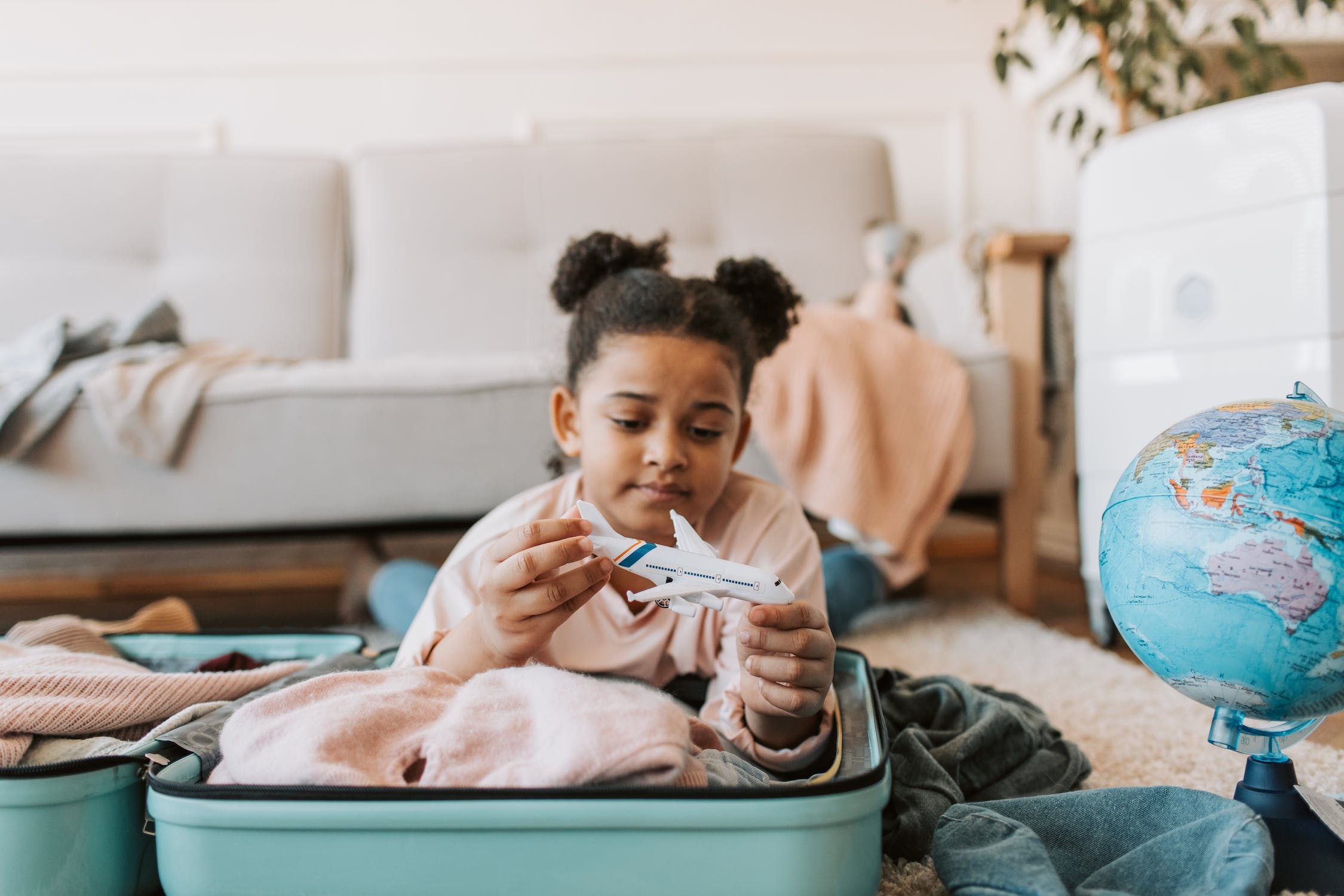Traveling with a child on the autism spectrum can present unique challenges, but with careful planning and consideration, it can also be an enriching and enjoyable experience for the entire family. In this guide, we’ll explore five essential tips to ensure a smooth journey for families with autistic children.
1. Prepare the Child for What to Expect
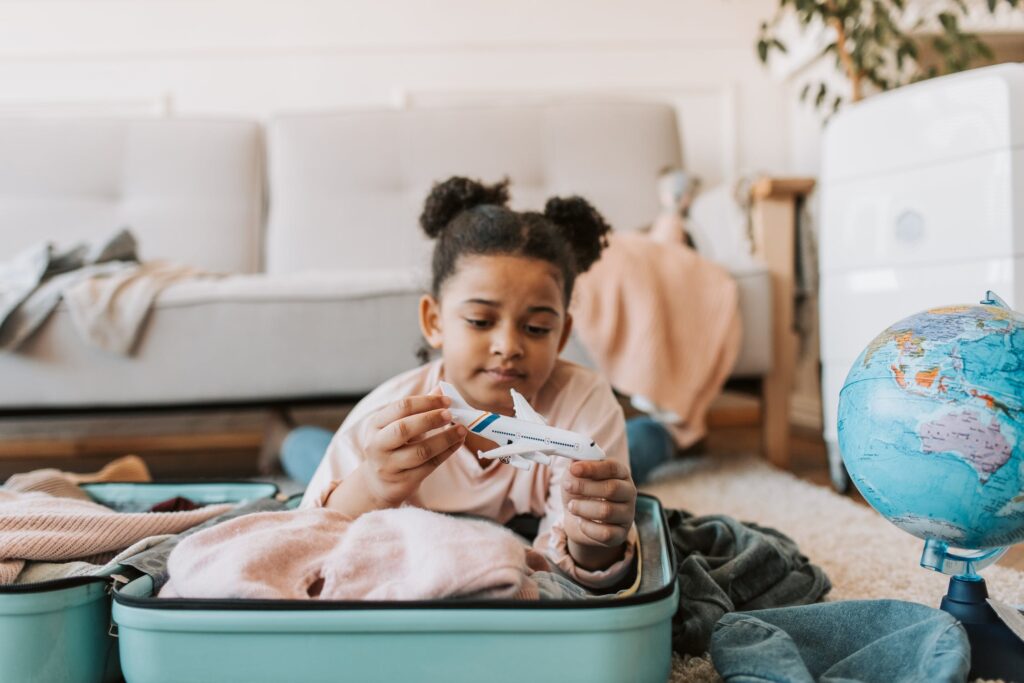
One of the key elements to a successful trip is setting clear expectations for your child. Autistic children often find comfort in routine, so it’s essential to prepare them for the upcoming journey. Begin by discussing the travel plan with your child well in advance. Use visual aids such as pictures, videos, or social stories to illustrate the airport, the airplane, and the destination.
Consider creating a visual schedule that outlines each stage of the journey, from leaving home to arriving at the final destination. This visual representation can provide a sense of predictability, helping to alleviate anxiety and uncertainty.
2. Contact the Airport for Customer Service Support
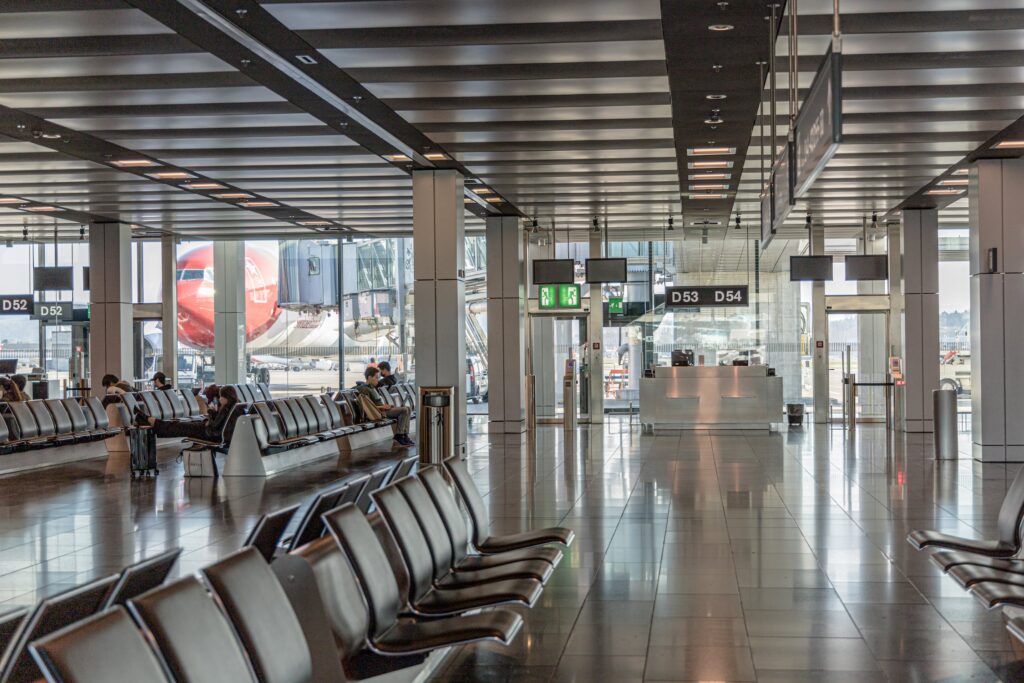
Many airports offer specialized customer service support for passengers with special needs. Contact the airport ahead of time to inquire about available services and accommodations. Inform them about your child’s specific needs and inquire about options such as priority boarding, quiet spaces, or assistance navigating security checkpoints.
Some airports may provide wristbands or badges to identify individuals with invisible disabilities, signaling to staff that extra support may be needed. Taking advantage of these services can significantly enhance the travel experience for both you and your child.
If the airport does not provide this, there are autism identification cards. They are often in the form of a discreet and easily recognizable badge or card, can play a crucial role in enhancing understanding and support for individuals on the autism spectrum by signaling to others that the cardholder may have unique needs and considerations
3. Bring a Carry-On with All Essentials

Packing a well-prepared carry-on bag is crucial when traveling with an autistic child. Include items that bring comfort and familiarity, such as favorite snacks, toys, or a beloved blanket. Pack noise-canceling headphones to minimize the impact of ambient sounds, which can be overwhelming for some autistic individuals.
Additionally, ensure you have all necessary medications and any required documentation, such as medical certificates or prescriptions. A fully stocked carry-on can serve as a sensory-friendly haven, providing reassurance and distraction during the journey.
Sensory toys, like push bubbles, stress balls, and infinity cubes, are excellent tools for distraction during travel. Offering tactile engagement, these toys help manage sensory input, providing comfort and focus in new and potentially overwhelming environments. Whether on a long flight or in crowded spaces, incorporating sensory toys into travel routines can contribute to a more relaxed and enjoyable journey, especially for individuals who may find sensory stimuli challenging.
There are a wide variety of fidget toys available to suit your child’s needs, click the link for a breakdown of the top fidget toys.
4. Explain Take-Off and Landing Sensory Issues
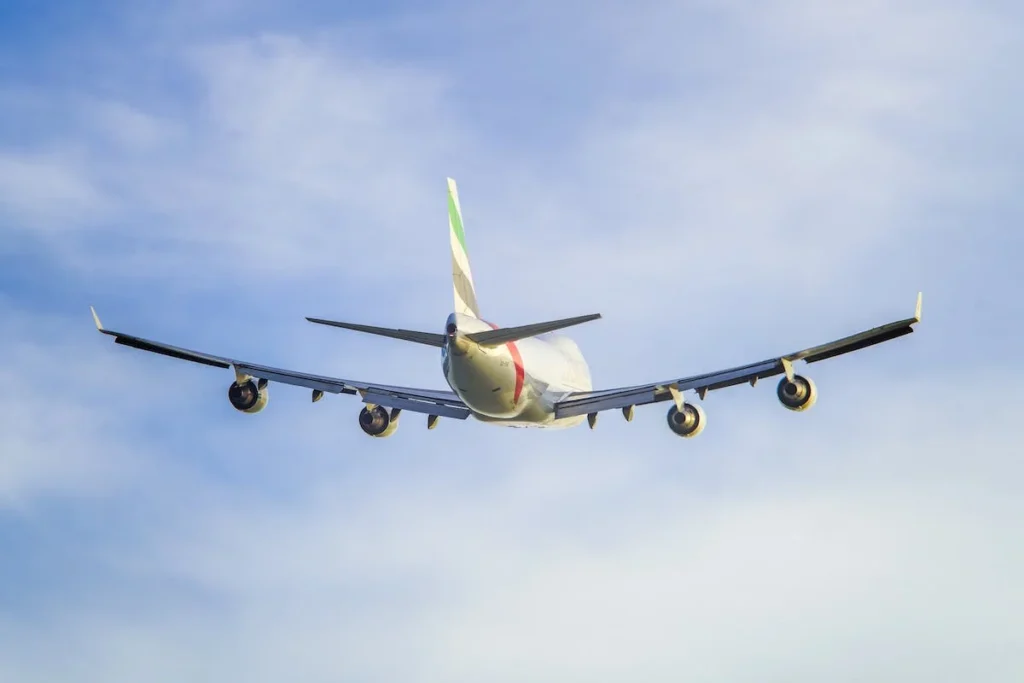
The sensations experienced during take-off and landing can be particularly challenging for individuals with sensory sensitivities. Prepare your child for these moments by explaining the changes in pressure and the associated sounds. Use social stories or visual aids to illustrate the process, demystifying the experience and minimizing potential distress.
Consider introducing activities that can distract and engage your child during these critical phases of the flight. This could include a favorite book, a handheld game, or a calming sensory toy.
5. Plan Toilet Breaks
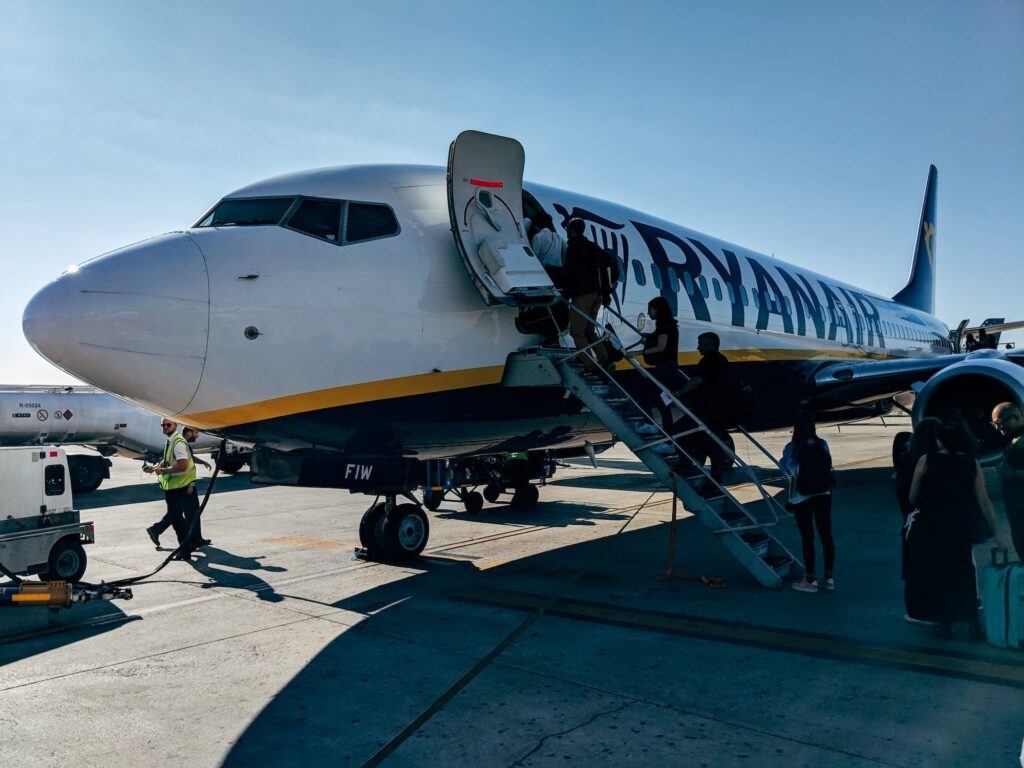
Toilet breaks are an essential aspect of any journey, and planning for them is especially important when traveling with an autistic child. Familiarize your child with the airplane bathroom beforehand, emphasizing the potential loud noises and confined space.
Schedule regular toilet breaks throughout the journey, allowing your child to maintain their routine and avoid unnecessary stress. Inform the flight attendants about your child’s needs, and they may be able to provide additional support during restroom visits.
In conclusion, with careful preparation and thoughtful communication, traveling with an autistic child can be a positive and enjoyable experience. By addressing the unique needs of your child and taking advantage of available resources, you can create lasting memories for your family while exploring new destinations. Safe travels!

